Note: Everything written here is the result of many years of study and repeated readings of Gendlin’s book A Process Model. However, what’s written here reflects my own learning and understanding, and does not necessarily express additional layers in Gendlin’s writing. This text is intended to make complex and innovative ideas accessible and supportive of understanding, but it does not replace reading the original work, Gendlin’s book.
Your desk is a generated environment.
Take a moment to look at your desk or your work corner. Notice what is placed on the desk. Whether it is perfectly organized or completely messy—there are items that are there, and others that are not. Notice where the items are on the desk—are they placed randomly? Ask yourself how they ended up there, and why they are placed where they are.
In rare cases, we actually think and plan how to organize the desk and then carry out the plan. That can happen sometimes, when we decide to tidy up. But usually, the desk simply organizes itself out of the ongoing flow of our life process with our environment. We drink coffee, work on documents, write, use the phone, flip through a book. Traces of our life process remain on the desk: the cup of coffee we drank, the document we worked on, the pen we wrote with, the phone we kept within reach, and so on.
The environment is generated in our life process, which is an interaction between our body and the environment. The joint process of Body-Environment #2 creates Environment #3. Environment #3 is the environment generated through the life process.
Our work place is created and arranged through our life process with it. The desk, organized as it is, becomes for us an environment for the continuation of our life processes. Our life processes with the desk will keep re-organizing it further.
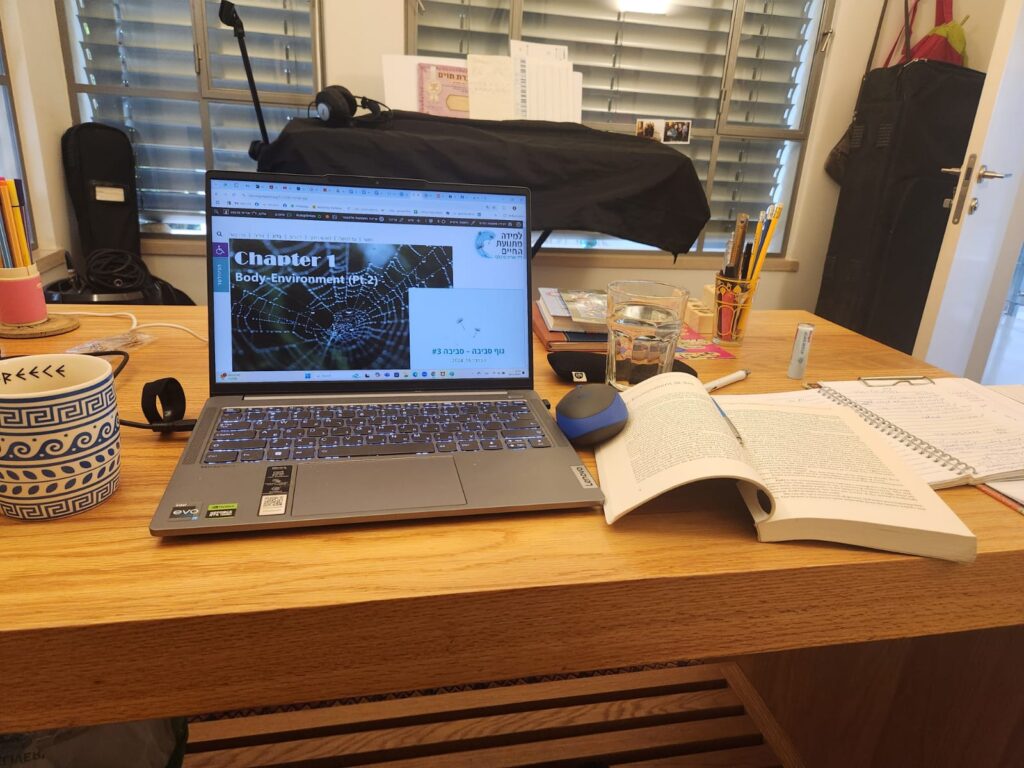
Environment #3 – The Generated Environment
Environment #3 is generated from the ongoing process of Body-Environment #2.
The Body-Environment #2 process continues to occur within going on in Environment #3, and thus keeps re-generating and re-organizing it. Our life process—Body-Environment #2—continues to going on in environments it has generated. We live and act within our home (Environment #3), at our desk (Environment #3), with people with whom we have built relationships (Environment #3), within society and community that we co-created with others (Environment #3).
Even in nature, wherever life processes happen (Body-Environment #2), we can see the products of those processes (Environments #3) and their development.
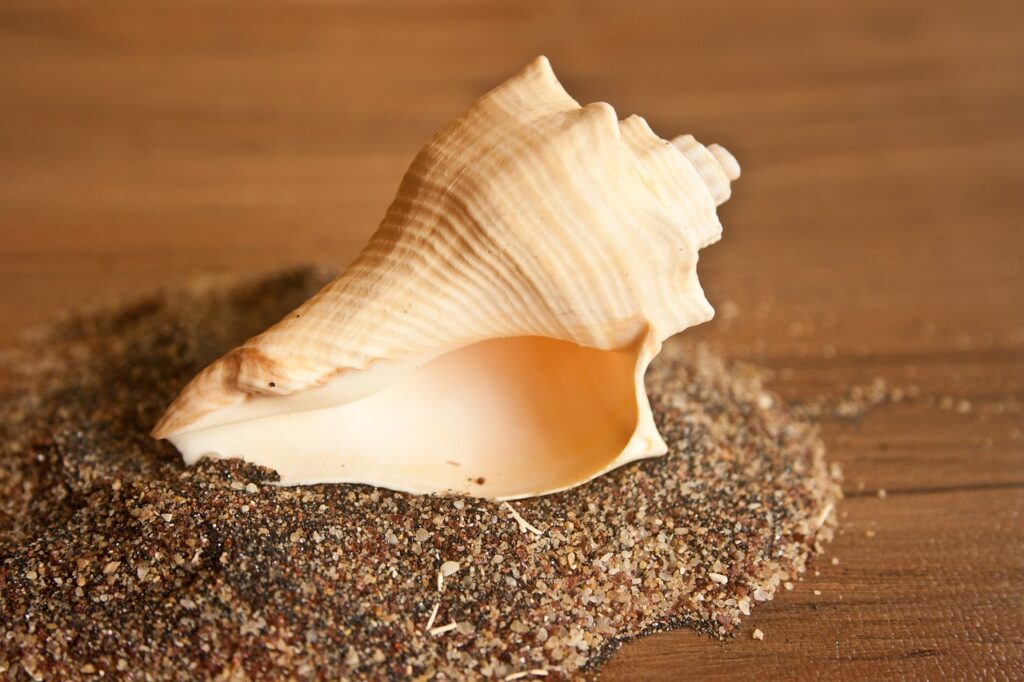
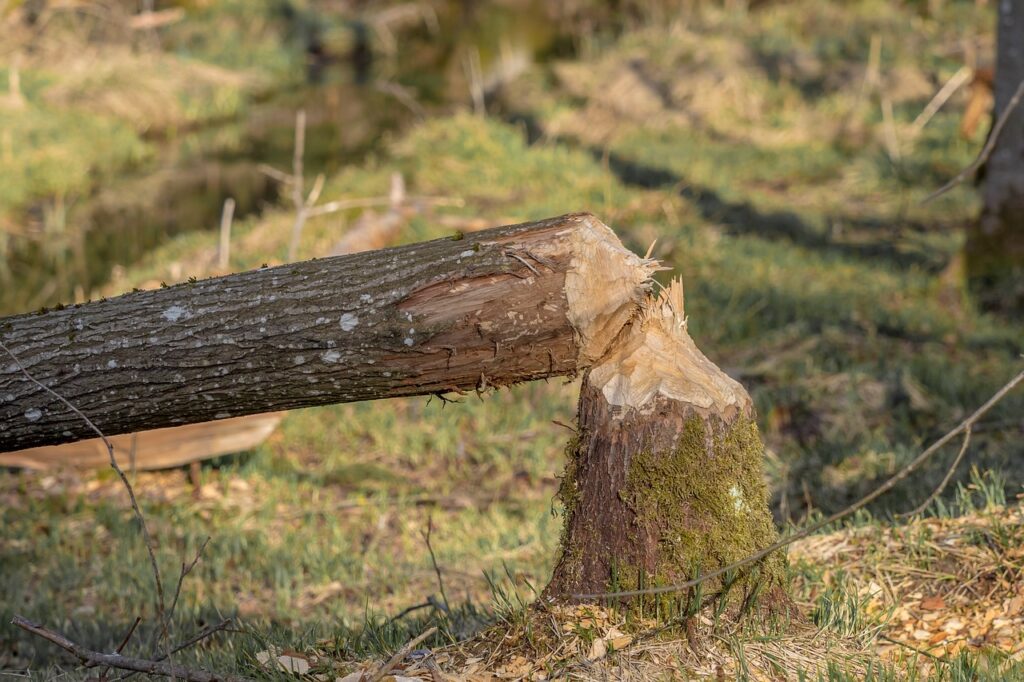

Instead of a work desk generated by human life processes, here Environments #3 are generated by the life processes of a mollusk, a beaver, and a bird. The shell, the felled tree, and the nest are the living environments of the animals. They are also the products of their life processes (Body-Environment #2). These animals continue their life processes within the environments they created (Environments #3), and in these processes they continue generating them further.
Body-Environment #2 goes on in Environment #3
Gendlin uses the expression “goes on in” throughout the book:
The life process goes on in #En3
For example, in its life process, the beaver gnaws at trees (Body-Environment #2). When the trees fall into the river, they create dams that provide the beaver and its family with a suitable living environment (Environment #3). The beaver’s life process goes on in the living environment it generated. You may see this in this short video.
A mollusk, even as an embryo, carries within it an “embryonic shell.” As it grows, the shell grows with it, spiraling around its center. Shape and colors of the shell match the mollusk’s environment. The shell is built (Environment #3) from materials available near the mollusk during its life process (Body-Environment #2). The mollusk continues to live its process within the shell that protects it. In living its process it keeps generating and developing the shell.
Look at the shell and imagine the mollusk’s life processes in its environment (Body-Environment #2). How the shell (Environment #3) accumulates traces of that life process. This is similar to the tree rings or the plates of a turtle’s shell.
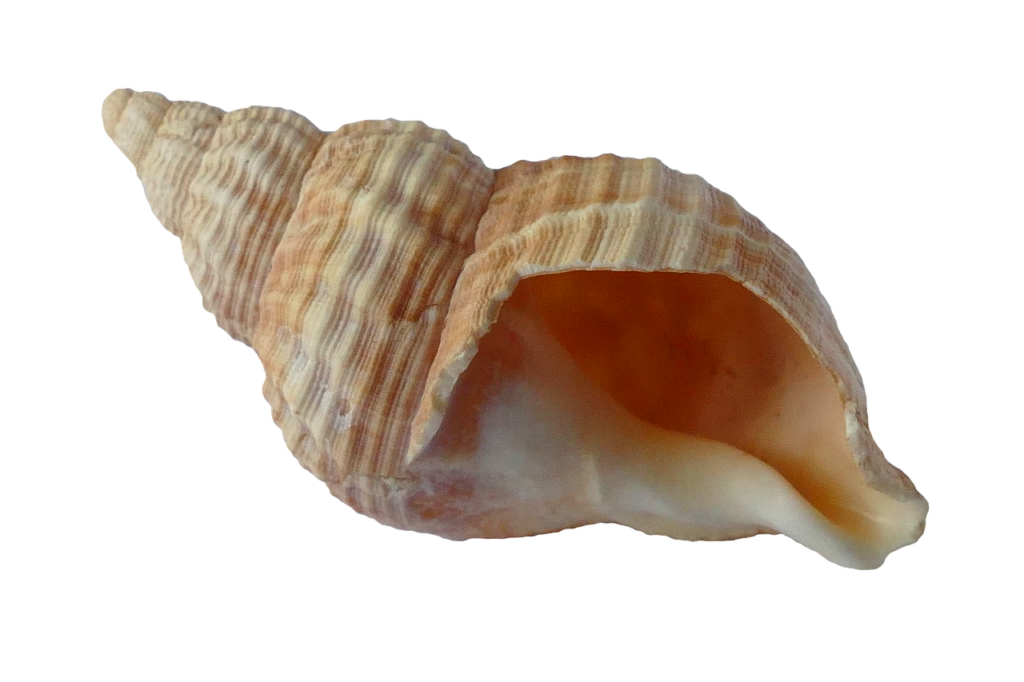
Humans create their life environment
It is not only the beaver or the mollusk whose life processes go on in the environments they have generated. Look around you and identify your own environment. The environments are generated by you, by other humans, or by humanity as a whole.
Your home and the way you have arranged it. The computer as a work environment. The phone with its apps, data, and display settings. Also, social organizations such as communities, schools, workplaces, cities, nations. These are life environments created and organized by humans. Our life processes have generated them, and our life process goes on in them.
What about our hair, our skin, our body? Are they not also the result of our life process? And we continue our life processes within them.
The body as Environment #3
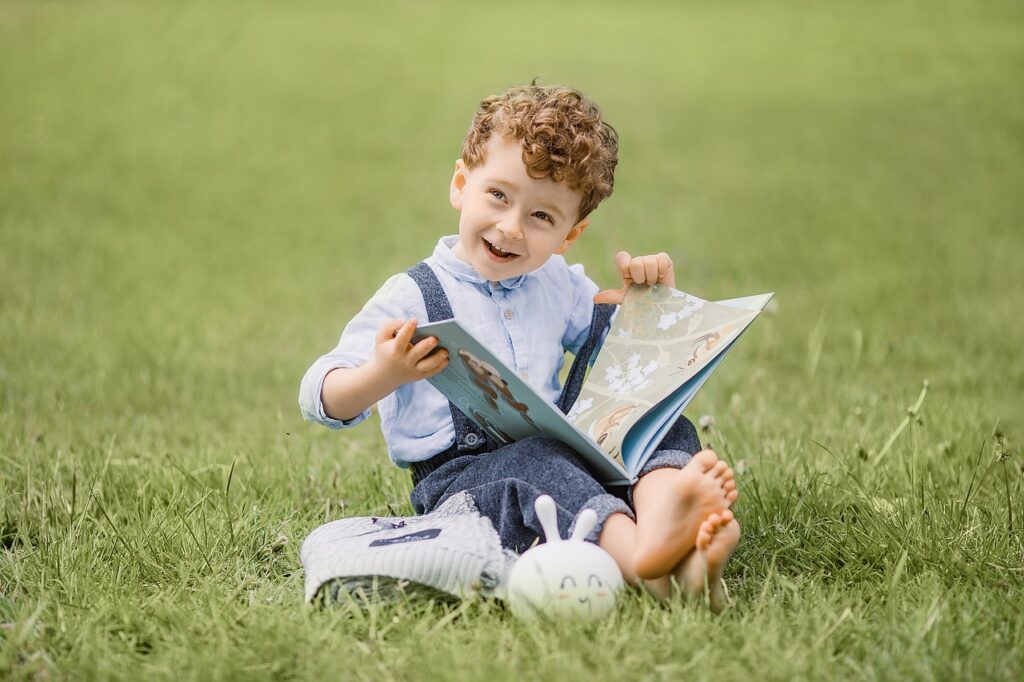


Our life processes with our body are Body-Environment #2. Our body is both our body and the environment of the body, generated by it. The body itself is the environment within which the body’s life processes goes on in. The body accumulates the traces of our life processes.
Bodily actions we perform throughout life can be recognized in us. Over time, our face accumulates traces of the expressions we habitually make. The laughs we laughed, anger, frowns, wonder, strain, worry. All of these leave traces in the skin of our face. Our body is shaped by processes of nourishment, physical activity, sleep, and many other actions. The swimmer's body differs from that of a dancer, a weightlifter or a runner. It certainly differs from the body of someone who is not physically active. Also, our brain develops from intellectual activities we are engaged in through life. The body is an Environment #3 in which we live forward.
The body acts with its environment in varied life processes (Body-Environment #2), and in these processes it keeps developing further as a living environment (Environment #3) for additional activities .
Life Environments generated by living
What examples of environments #3 are generated by animals? For instance: a beehive, an anthill, mole tunnels. Others?
What examples of environments #3 are generated by humans? For example: a wardrobe, a community, a democratic system, a war… Others?
It is worthwhile to take some of these examples (or others you come up with) and sense and experience how they function as Environment #3.
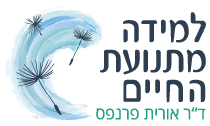

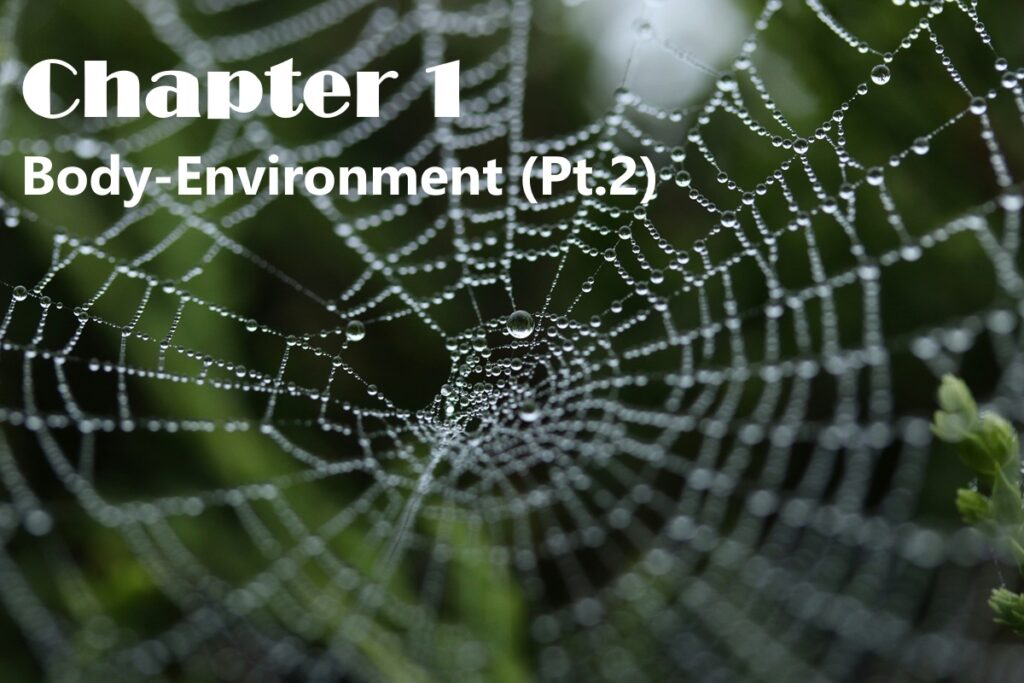
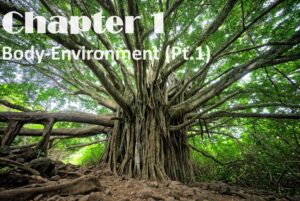

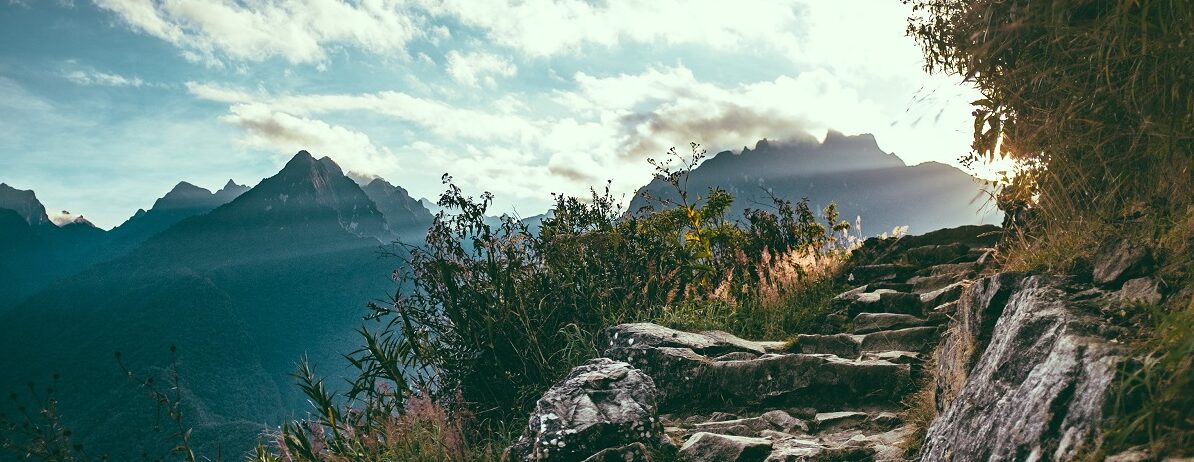
I'd love to read what you thought: